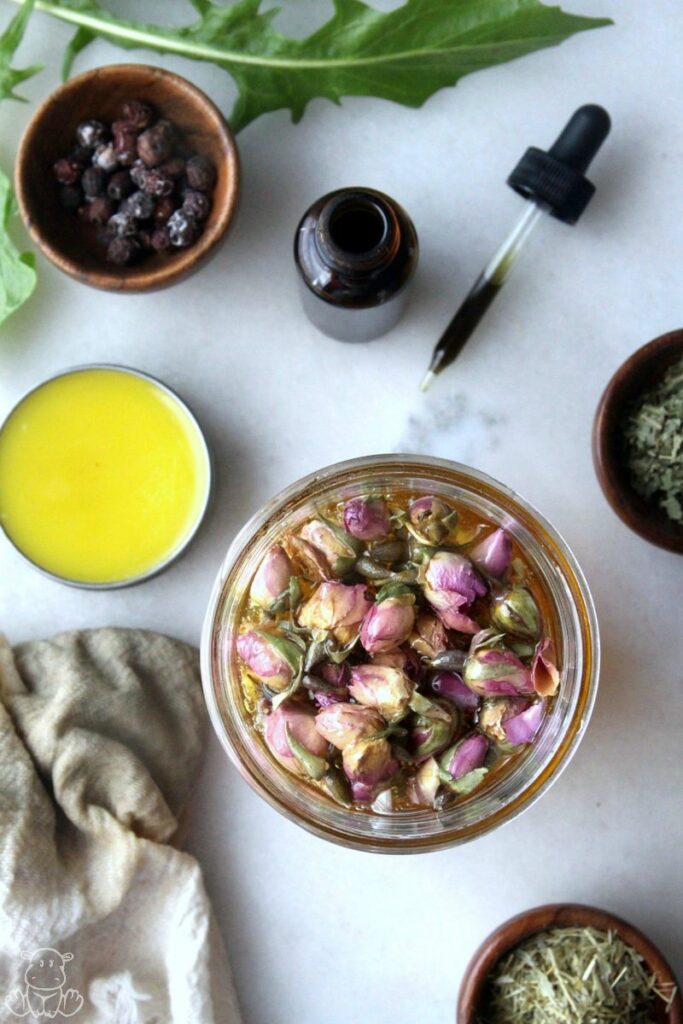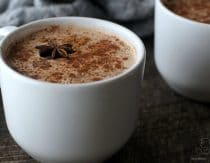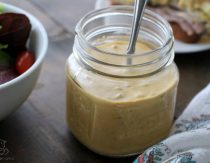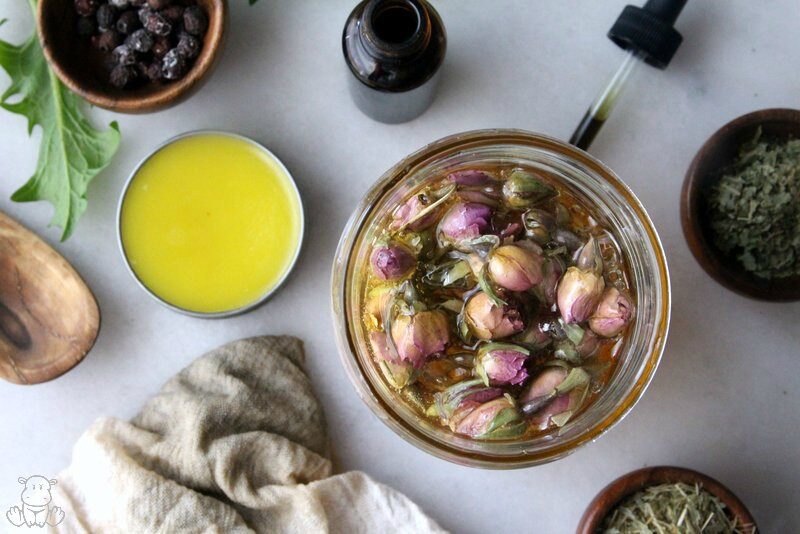
If you’ve ever practiced herbalism – and if you’ve brewed a cup of tea you have – you know that it has therapeutic properties that go beyond phytochemistry. There’s a relaxing pleasure in preparing them . . . in breathing in their aromatic compounds and savoring their bright, beautiful hues as you brew them, roll them into “candies,” or prepare them in any number of ways.
Or at least it can be unless you find yourself standing in your kitchen wondering about the difference between an infusion, an elixir, and a decoction . . . and which one is best for what you need at the moment. That’s why I’ve created this simple guide to expanding your herbal apothecary.
We’ll cover:
- The differences between the most common herbal extracts
- What each type is best used for
I’ll also share recipes to start with, so you can easily expand your family’s herbal apothecary.
What are herbal extracts? ^
Herbal extraction is the process of drawing out the therapeutic components of an herb. In many cases, the beneficial compounds we want are tucked away within fibrous material that is challenging for our digestive systems to fully break down. Herbal extracts help solve this problem by increasing bioavailability.
You can find them in both dry and liquid form, but many herbalists consider liquid forms to be preferable and that’s what we’ll be focusing on in this article.
The liquid used to extract an herb is called a solvent, or in traditional herbal language the menstrum. Common solvents are water, alcohol, vinegar, and glycerin. Each solvent has specific things it’s good . . . and not so good . . . at drawing out, so you use different ones based on the type of herb you’re working with.
We’ll start with the easiest and most popular extraction . . .
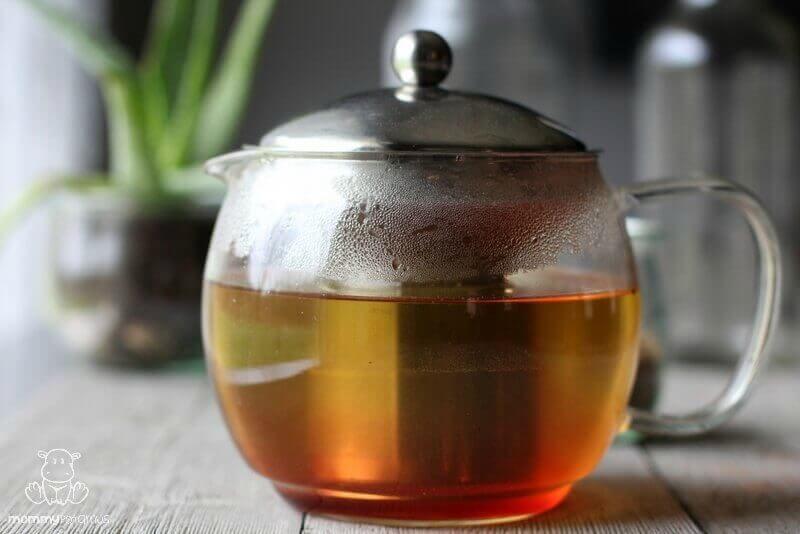
Teas ^
Yep, herbal teas are extractions that use water as the solvent. Easy and affordable, they work best with pleasant-tasting herbs that you don’t mind sipping on. They can also be made quickly rather than needing to infuse for 4-6 weeks, which often makes them my go-to when something comes up.
In addition to its internal benefits, tea can be used externally a compress for scrapes, bumps, and other skin issues. We’ll dive into how to make a compress later in this post.
But first, let’s cover the two main types of tea: infusions and decoctions.
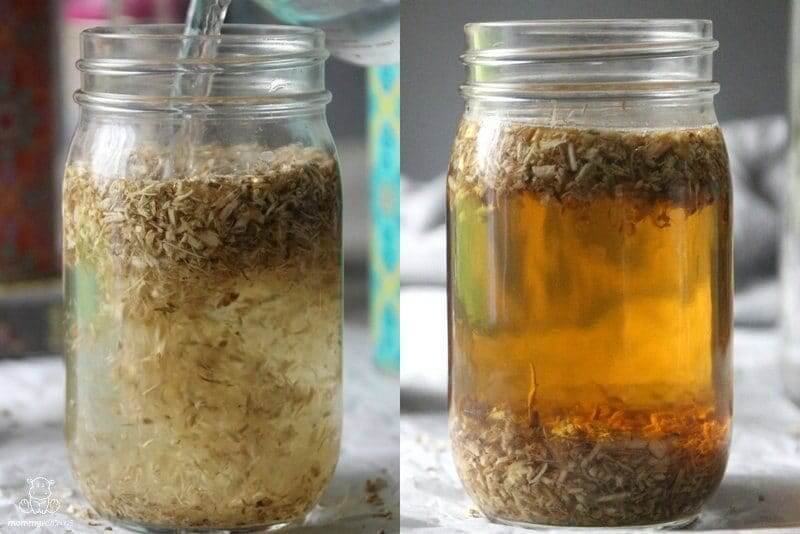
Infusions
This type of extraction is most often made with delicate plant parts like flowers, leaves, and stems, but cold infusions (which I’ll explain below) are sometimes used for roots. Also known as tisanes (a French term), they’re usually made with aromatic herbs in one of three ways:
Hot Infusion
When a friend offers to make you a cup of tea, she probably means a hot infusion. This type of herbal tea is made by pouring boiling water over your herbs, letting them steep for a determined amount of time (usually 5-20 minutes), and then straining and drinking as soon as it’s cool enough to tolerate. I like to cover mine while steeping to keep in the aromatic compounds.
Hot infusion recipes try:
- Masala chai
- Red Raspberry Leaf Pregnancy Tea
- Catnip Tea for Relaxation & Sleep
- Sweet Dreams Tea
- Plantain Tea
- Yellow Dock Detox Support Tea
Cold Infusion
Most often used for mucilaginous herbs that form a gel-like consistency when mixed with water, this method involves pouring cold or room-temperature water over the herbs and allowing to steep for 4-8 hours before straining.
Cold infusions made with mucilaginous herbs like marshmallow root and slippery elm are wonderful for soothing throat, digestive tract, and urinary tract irritation, and are also traditionally used externally as a poultice for minor burns and wounds. (Instructions for making a poultice are included below.)
Cold infusion recipes to try:
- Marshmallow Root Infusion
- How To Make An Infusion With Slippery Elm, Horehound, Bladderwrack & Other Herbs
Long Infusion
A long soak can do wonders for us . . . and for our infusions too! Long infusions are best used for extracting minerals from nutritive herbs. They don’t take any longer to make than a plain old cup of tea in terms of hands-on time . . . they just take a much longer time to steep.
To make a long infusion, fill a quart-sized heat-proof jar about 1/4 full – a little less for finely ground herbs, a little more for fluffy herbs. Pour boiling water into the jar until the herbs are covered and the jar is mostly full. Stir, cover with a lid and let steep for 4-8 hours, then strain and drink.
Long infusion recipes to try:
Use the method outlined above to make a nutritive infusion with one of the following herbs: nettle (learn about its benefits here), oatstraw or mullein leaves.
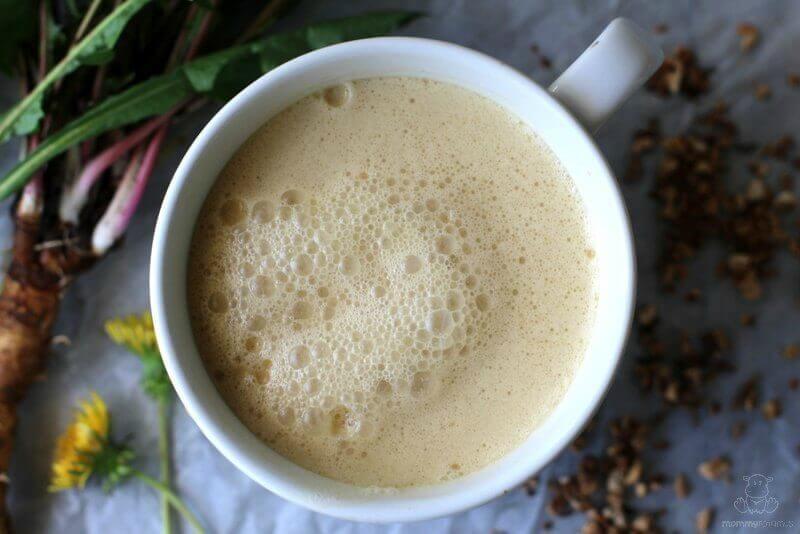
Decoctions
Roots, bark, seeds and woody plant parts need a little coaxing to release their therapeutic compounds, and that’s where decoctions come in. They’re made by placing the herb in water and simmering for 20-60 minutes, depending on how concentrated you want the decoction to be.
In addition to being taken internally for their high mineral content and abundance of other beneficial compounds, decoctions can also be used externally to make a compress. (More on that below.)
Decoctions can be stored in the fridge for several days and sipped as needed.
Decoction recipes to try:
- Roasted Dandelion Root Tea
- Banana Tea for Restful Sleep
- Happy Adrenal Tea
- Soothing Sore Throat Tea
- Elderberry Tea
- Lemon Ginger Tea
- Eleuthero Root Decoction
- Marshmallow Root Decoction
- Valerian Root Tea
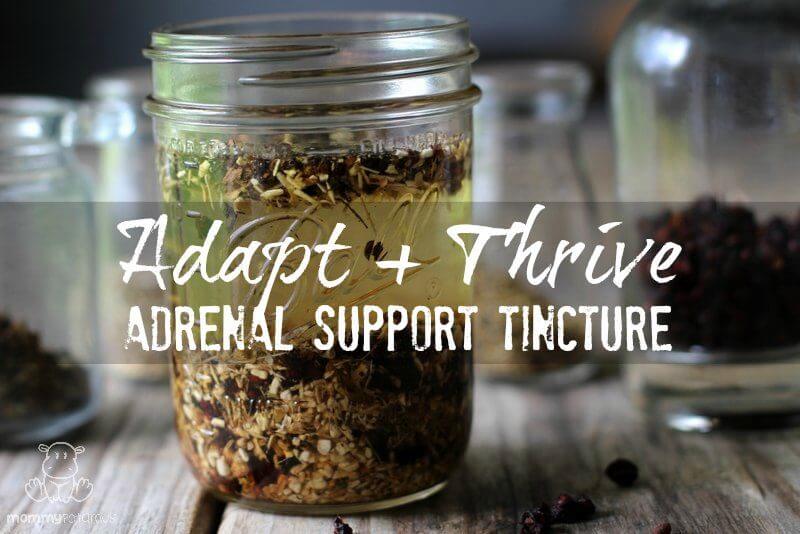
Tinctures ^
While teas draw out many of the beneficial compounds found in herbs, there are some that they leave behind. Tinctures use alcohol for extraction, which is very good at pulling out most constituents, especially “hard to get” compounds that are prized for their therapeutic value.
On the flipside, herbal teas are able to extract some compounds that tinctures don’t. For example, alcohol doesn’t work well with mucilaginous herbs like marshmallow root. There is no “best” extraction method – only the best one for a given situation.
Tinctures are:
- Potent – Even at small doses
- Rapidly absorbed – Making them “fast-acting” (1)
- Great for herbs that don’t taste great – You can achieve therapeutic levels without having to drink multiple cups of tea.
- Long lasting – They have the longest shelf life of any herbal extract
- Versatile – Can be used both internally and externally
- Portable – As Katja Swift and Ryn Midura mention Herbal Medicine for Beginners, “Tincture dose bottles can be carried easily in a bag or stashed in a drawer at work, and are ready to take as soon as you need them.”
Tincture recipes to try:
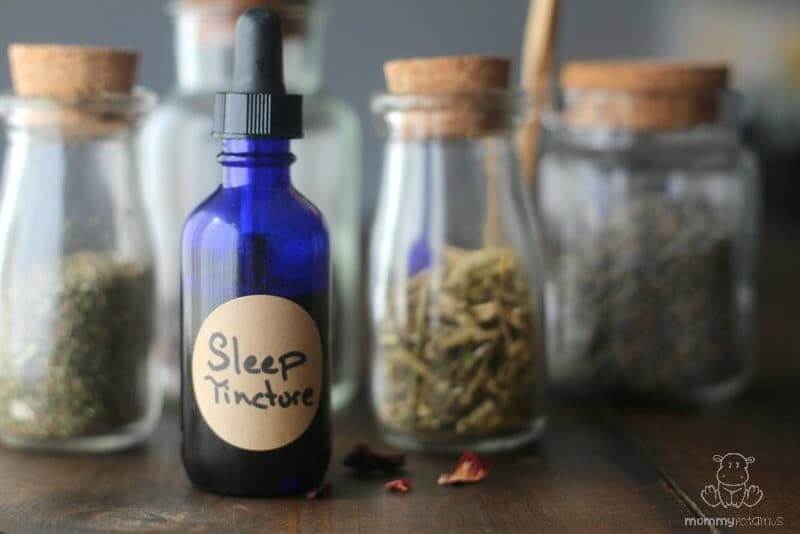
Glycerite ^
Glycerites are basically tinctures that are made with glycerin instead of alcohol. There are some advantages to using glycerin, and some disadvantages, too. Let’s take a look at them . . . .
Advantages:
- Flavor – Glycerin is naturally sweet, but doesn’t raise blood sugar in most people. (Some studies have shown that diabetics should be careful with it, though.) The sweetness works well to mask the flavor of bitter herbs.
- Alcohol-Free – This can be important for individuals who need to avoid alcohol or parents who want to avoid giving alcohol-based tinctures to their children. (I personally feel fine about giving my kids alcohol-based tinctures in small amounts. Usually, the amount they receive would be more than if they ate some raw (egg-free) cookie dough while baking with me. Most vanilla is basically an alcohol tincture of vanilla beans.)
- Can be used internally and externally – Glycerin has moisturizing properties that make it a popular ingredient in skincare, making glycerites perfect for topical application in addition to internal use.
Disadvantages:
- Potency – Glycerites are generally not as potent as tinctures, and you need to use heat to get a decent extraction.
- Shelf life – Has a shorter shelf life than tinctures. That said, according to The Modern Herbal Dispensatory a properly made glycerite should last at least 3 years.
- Not for use with fresh plants – According to The Modern Herbal Dispensatory, “plant compounds damaged by heat or drying will not be effectively extracted using glycerin.”
- Can’t extract resins, oils or most mucilaginous herbs – For resins or oils use alcohol, and for mucilaginous herbs use water.
Glycerite recipes to try:
This Deep Sleep Tincture is actually a glycerite for children and adults. I called it a tincture because that’s what more people search for when they need sleep support. 🙂
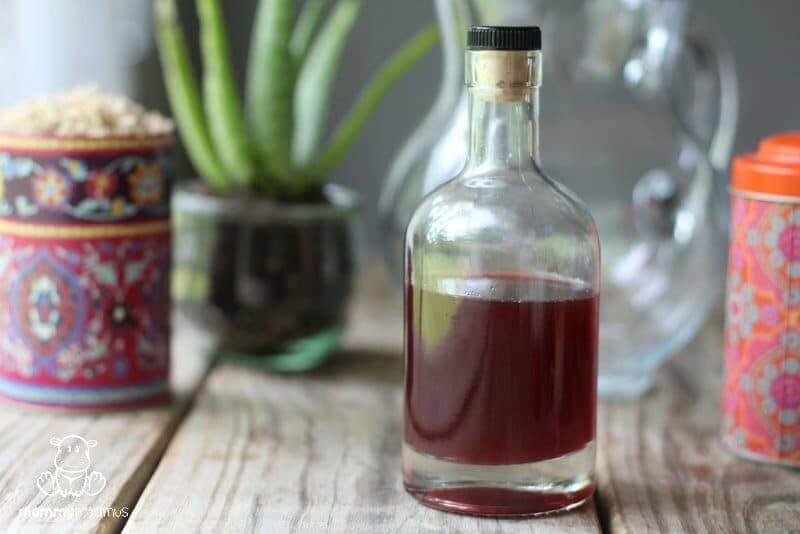
Herbal Syrups ^
A favorite with children and grown-ups, herbal syrups are decoctions (long-simmered teas) mixed with a sweetener. Honey is the most common but some people also use maple syrup or glycerin.
Syrups have two main benefits:
- They’re sweet and delicious, which means it’s easy to get family members on board with taking them
- The honey helps extend the shelf life (Glycerin does too, but I’m not sure about maple syrup)
They’re often used in the fall and winter to support immune function. Elderberry syrup, in particular, has a long history of use during cold and flu season. According to a study in Norway, patients given elderberry extract felt better four days sooner than those who received a placebo. (2)
Important note: Keep in mind that babies under one-year-old should not consume honey, so if you’re planning to use it with a child under one, make sure to use glycerin or maple syrup.
Herbal syrup recipes to try:
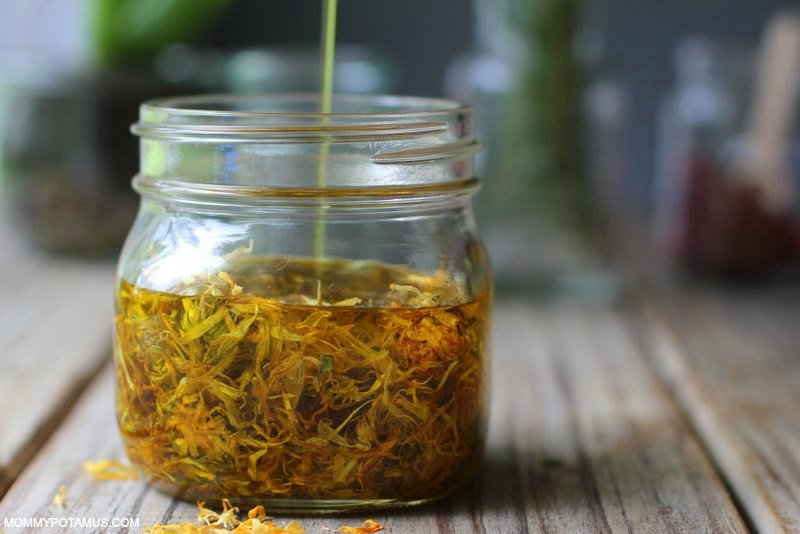
Herbal Oils & Salves ^
Herb-infused oils are often confused with essential oils, but the two are very different.
Herbal oils are extractions of the whole plant using a carrier oil such as avocado, olive, or avocado oil. They’re made by chopping up fresh (wilted) or dried plant material and placing it in a jar with the carrier oil to infused for a period of time, which can be hours using a low-heat method or weeks using a cold infusion method.
Essential oils, on the other hand, are steam-distilled extraction only one component – volatile compounds. They’re highly concentrated and have many benefits, but most need to be diluted before use. (Here’s how.) Also, because they’re so potent, I don’t recommend taking them internally unless you’re receiving specific recommendations and dosage/duration guidance from a qualified expert.
Back to herbal oils: When ready, they’re gentle but highly therapeutic. Infused with a broad spectrum of goodness, they can usually be used for a wide variety of issues. Although the benefits will vary from plant to plant, calendula oil is a good example of how versatile they can be. It is often used as:
- First aid – For cuts, scrapes, burns, sunburns, bug bites and other minor skin irritations.
- Face and lip care – Infused calendula oil is the “secret ingredient” behind many beloved face serums and lip balms. Use it in place of regular olive oil in this lip balm recipe.
- Diaper rash – I like to apply the oil – or a salve made from it, which I will be showing you how to make soon – and then sprinkle some bentonite clay over the area. Both calendula oil and clay are considered cloth diaper friendly.
- Dry or chapped skin – Calendula is thought to support the integrity of skin, thus allowing it to retain moisture normally
- Salad dressing – Yep, really! Calendula is considered soothing for the skin and the digestive tract. It has a mild flavor similar to saffron. I use it in a basic salad dressing recipe in place of plain olive oil.
Herbal oils can also be mixed with melted beeswax and essential oils (if you want to use them) to make a salve, which hardens the oil into something that can be stored in a tin in your bag for easy use on the go. I keep calendula salve in my purse as my #allthethings balm.
Herbal oil recipes to try:
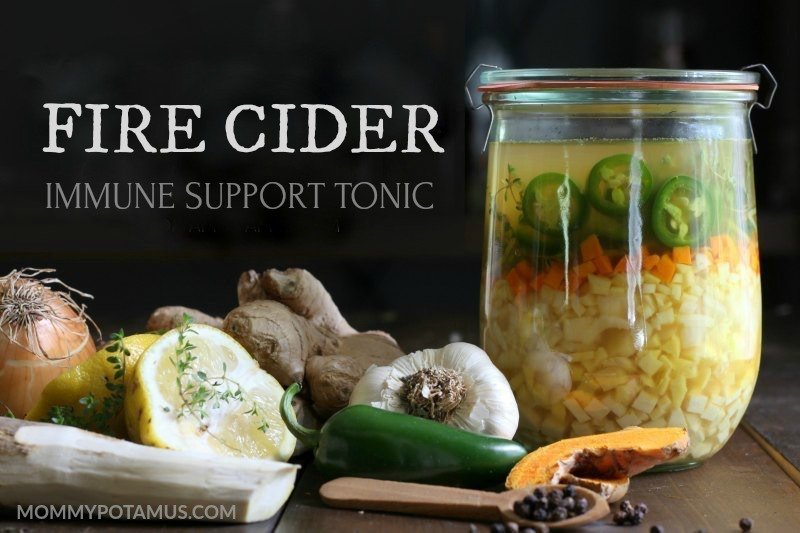
Herbal Vinegars ^
Vinegar does an amazing job at helping herbs release minerals and beneficial constituents such as alkaloids. (3) They have a relatively long shelf life, usually lasting at least six months.
One herbal vinegar in particular, Fire Cider, is revered by herbalists for its ability to support the immune system and ease cold and flu symptoms if they occur. It’s a spicy, delicious apple cider vinegar infusion that contains powerful anti-inflammatory, immune-supporting, lymph moving, circulation stimulating, and digestion enhancing herbs. I make up a batch every fall for my family. Although my kids don’t generally gravitate toward spicy foods, they really love this stuff.
Quick note: If you add honey to your Fire Cider, it’s an oxymel, which we’ll dive into later in this article.
Herbal vinegar recipes to try:
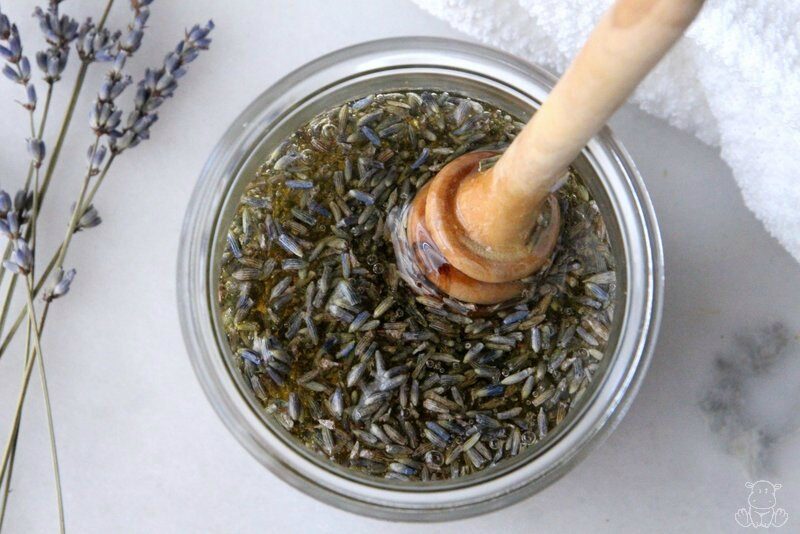
Herbal Honeys ^
“Herbal honeys are profoundly medicinal – and they taste great. When herbs are infused into honey, the honey absorbs all the water-soluble components of the herb and all the volatiles (essential oils), as well. This yields an excellent extraction of the herb’s complex chemistry and preserves it very well.” – Herbal Medicine for Beginners
Herbal honey can be taken straight off the spoon, stirred into tea, or used to make homemade cough syrup, herbal syrups (see above), elixirs or oxymels (see below). It’s also amazing for skin and can be used to make face wash or a burn salve.
Herbal honey recipes to try:
- How To Make Lavender Honey + More Herbal Honey Recipes
Oxymels ^
Oxymels have been used since ancient times for respiratory and digestive support. The name is derived from the Latin word oxymeli, which means “acid and honey.” It’s usually made by infusing pungent herbs in vinegar and honey – a sweet, tangy, and yummy combination! Oxymels were recommended by Hippocrates, who wrote that:
“You will find the drink, called oxymel, often very useful in these complaints, for it promotes expectoration and freedom of breathing.” (4)
Basic oxymel recipe:
Although the ratios of honey and vinegar can vary, I make mine with . . . .
- 1 part vinegar
- 1 part honey
- herbs of choice (dried lemon peel, garlic, thyme, rosemary)
Fill a jar 1/4 full with dried herbs, then fill the rest of the jar with equal parts honey and vinegar. Stir the mixture, then place a lid on the jar and give it a good shake. Place the jar in a cool, dark area and allow to infuse for two weeks. When it’s ready, strain out the herbs, pour the oxymel into a jar and label it, and store it in the fridge. Shake before using.
Super easy shortcut oxymel recipe
If you already have herbal vinegar and honey on hand, you can skip the infusion process with this recipe:
- 1-2 parts fire cider
- 1 part herb-infused honey
Mix together in a small jar and stir well. Cover and store in the fridge. Use as needed.
Elixirs ^
An elixir, which I hope you agree is a magical sounding word, is basically a sweetened tincture. To make one, you simply made a standard tincture, except you use a 50/50 blend of honey and alcohol instead of just alcohol. Easy peasy.
Electuaries ^
An herbal electuary is made by mixing herbal powders with honey They’ve been used since the Middle Ages to make herbal remedies more portable while extending their shelf life. That’s because grinding herbs into a powder made them less bulky and easier to travel with, but it also increases the rate at which they lose potency. However, mixing the herbs with honey seals in their herbal goodness for longer, extending the amount of time they have therapeutic value.
Making an electuary is super easy – you just place some ground herbs in a bowl and stir in some honey until you have a thick paste. You can add more honey if you prefer a thinner electuary, or roll them into pills if you prefer them that way.
Herbal Soaks ^
Soaking in an aromatic herbal bath is medicine for the mind, body, and soul. Herbal soaks are basically tea baths, which can have a variety of benefits for skin and overall wellness. For example, this postpartum sitz bath contains herb such as calendula, plantain, yarrow, lavender, and chamomile, which support healing after a mama gives birth.
Compresses & Poultices ^
A compress is a cloth soaked in strong herbal tea that is applied to the skin to relieve soreness or inflammation associated with sore muscles, bumps, bruises, scrapes or other areas of concern.
To make a compress:
Gently clean the area of concern. Brew a strong herbal tea (about 3-4 tablespoons of herb per cup of water) and strain it.
Next, dip a clean cloth into the tea (leaving a corner dry that you hold onto) and allow it to cool a little before squeezing out the excess liquid. Place the compress on the affected area and cover with a dry cloth. Relax for 10-20 minutes, then remove the cloth and clean the area again before patting dry.
A poultice is a soft, moist mass of plant matter applied to the body to help with the same issues related to soreness and inflammation listed above (bumps, bruises, scrapes, etc.).
Poultices can be made with dried or fresh herbs, and I’ll explain how to do it in an upcoming post.
Liniments ^
Liniments are tinctures that help ease sore muscles, stiffness, sprains, and strains, and bruising. They’re intended for external use only and are usually made with witch hazel or alcohol. Some herbalists use herbal oils in their liniment recipes as well. I’ll be sharing a few of my favorites soon.
Which of these types of herbal remedies would you like to see covered here in the future? Let me know in the comments!
Want to learn more about using herbs at home? ^
The Herbal Academy is offering 50% off their introductory and intermediate courses right now. They’re both great options to deepen your knowledge – you can find them here.
Want more research-backed natural remedies?
No problem, I’ve created a free ebook for you – Kitchen Apothecary: 25+ Natural Remedies Using Ingredients From Your Pantry – as a gift for signing up for my newsletter. You’ll also get updates when I post about safe essential oils for pregnant/breastfeeding mamas, exclusive gifts and coupons (I was able to give away a jar of free coconut oil to anyone who wanted it recently!), plus other goodies.
Sign up using the form below.
This article was medically reviewed by Dr. Scott Soerries, MD, Family Physician and Medical Director of SteadyMD. As always, this is not personal medical advice and we recommend that you talk with your doctor.
- Easley, Thomas and Horne, Steven (2016) The Modern Herbal Dispensatory: A Medicine-Making Guide
2. Zakay-Rones, Z et. al. (2004) Randomized study of the efficacy and safety of oral elderberry extract in the treatment of influenza A and B virus infections
3. Swift, Katja and Midura, Ryn (2018) Herbal Medicine for Beginners: Your Guide to Healing Common Ailments with 35 Medicinal Herbs
4. MIT Classics. On Regimen in Acute Diseases

